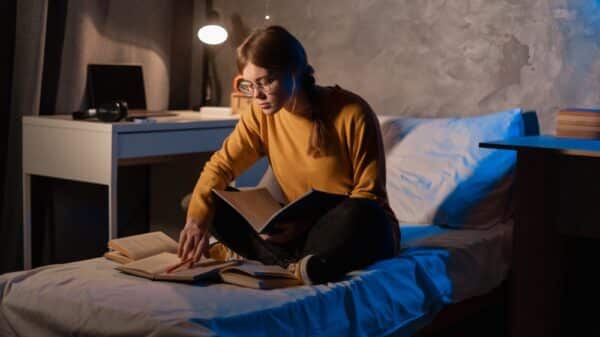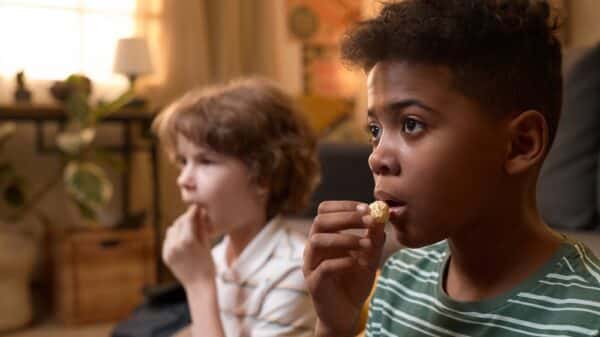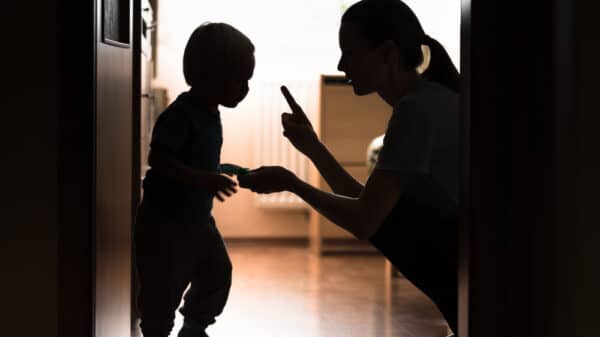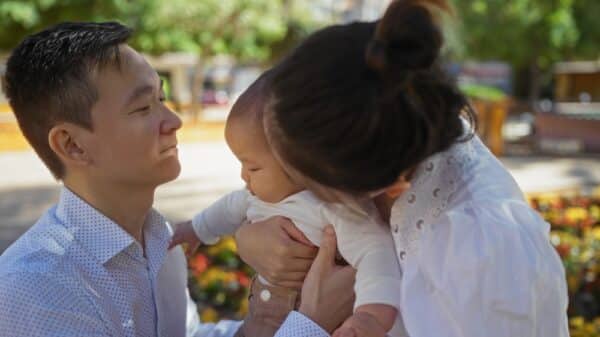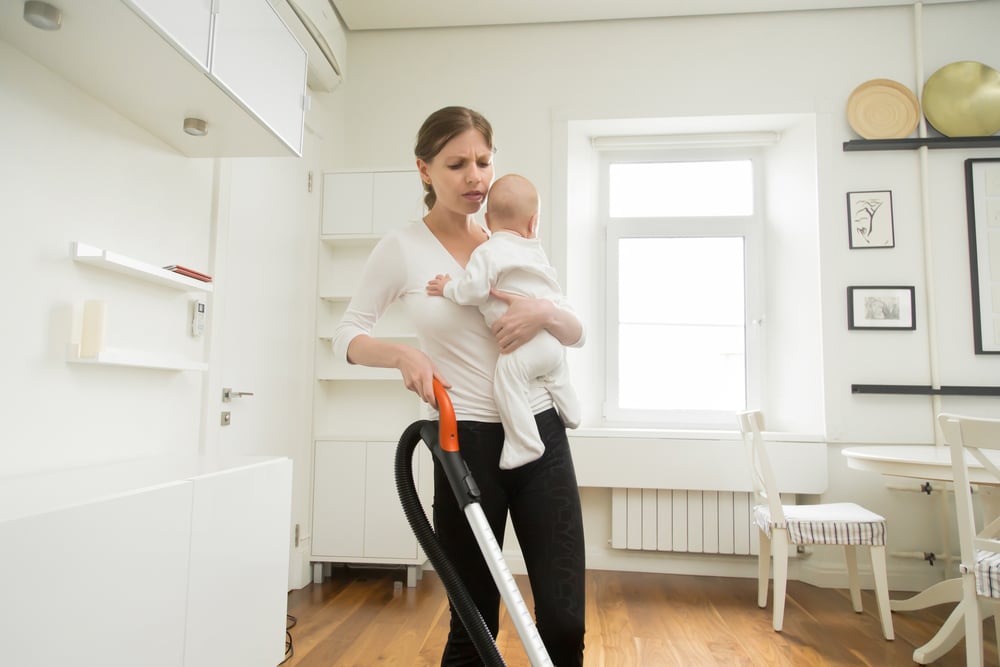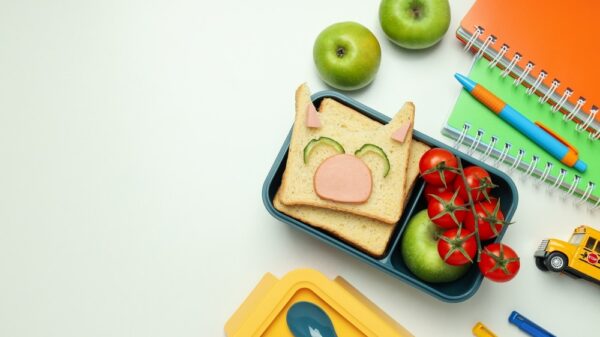Have you ever called out “cleaning time!” only to watch your children disappear, leaving you confronted by a battalion of scattered blocks, crayons, and plastic dinosaurs? Every Sunday, I gather my little ones (ages 4 and 8) for an operation to stow away their toys. My hope doesn’t last long—within moments, I realize I’m the only one actually cleaning.
Welcome to the realm of unrecognized toy organization, that behind-the-scenes world where mothers often end up doing the heavy lifting after the kids’ so-called “cleanup time.” You’re not alone in this predicament. Let’s explore why this phenomenon occurs and how we can encourage our children to help out, reclaiming a little of our time in the process.
The Myth of Kids’ “Cleaning Time”
Let’s be honest: Children have the attention span of a hungry squirrel. You ask them to clean up for 10 minutes, and just a few minutes in, they’re back to playing with the very toy you requested they put away. Before you know it, nighttime rolls around, and you find yourself picking up blocks in the hallway, coasters from the sofa, and a stray stuffed tiger from the kitchen counter.
What’s the cause of this? According to child development experts, kids younger than 8 frequently struggle with abstract tasks like “organizing.”
In their perception, cramming everything under the bed holds as much validity as neatly stacking items on a shelf. They’re not necessarily being disobedient; they simply lack the mental framework that adults take for granted.
The “It’s Just Simpler If I Do It” Trap
Growing up, my mother miraculously kept our home always ready for guests. Now that I find myself in her shoes, I understand she likely clocked in extra hours after we went to bed, battling exhaustion while tidying the chaos of the day.
I have to admit: there are times I fall into the trap of thinking it would be quicker and easier if I handle it myself. When kids clean, it can feel like it takes forever, and the end result often looks like a tornado swept through. Sure, they may put away larger items, but small figurines and puzzle pieces invariably get scattered around. Before long, you find yourself stumbling over Legos at midnight, awkwardly hopping your way to the couch.
Every time we tidy everything “our way,” we overlook a crucial learning opportunity. Over time, this does our children a disservice, as they miss out on acquiring essential organizational skills and understanding the importance of responsibility.
Ways to Ease the Burden
- Set clear, manageable objectives. Instead of simply stating “Clean your room,” break it down into actionable tasks: “Put all dolls in the red bin,” followed by “Place crayons in the pencil case.” Small steps help kids concentrate without feeling overwhelmed.
- Create an organized system with labels. Establish specific locations—bins for blocks, baskets for plush toys, boxes for art supplies. Use pictures or words to label these spots, ensuring even young readers can follow along.
- Introduce a timer. A timer can become your best ally. Inform your kids they have 10 minutes to stow toy cars in the vehicle bin. This approach makes cleaning feel more like a game rather than an endless chore.
- Clean together initially. If you leave kids completely on their own too soon, they might feel frustrated. Begin by cleaning alongside them, demonstrating what “clean” should look like. As they build confidence, you can gradually step back.
- Encourage through positive reinforcement. Children are more likely to respond to praise than constant critiques. When they follow instructions—albeit not perfectly—acknowledge their efforts. A quick “Excellent job putting your dinosaurs in this bin!” can significantly boost their motivation.
- Implement consequences when necessary. If certain toys consistently find themselves in the wrong place, consider temporarily removing them. Explain that they will return once proper care is demonstrated. This establishes a boundary and emphasizes the importance of organization.
Accepting Imperfection
The reality is, you’ll still be doing a considerable amount of cleaning since young kids are still learning. Consistency is key. If you remind them of the system each time and follow through on reinforcing rewards or consequences, they’ll gradually require fewer reminders.
It’s also crucial to accept that your living area may never resemble a page from a minimalist decor magazine. With children in the house, the aesthetics inevitably change—stickers on the fridge, little handprints on the walls, and maybe even a stuffed panda lounging between the couch cushions become part of the everyday backdrop.
In our pursuit to maintain a pristine home, we can overlook the fact that childhood is a beautifully messy phase. While the thought of a tidy living room is appealing, I recognize that these years of stepping on crayons and hunting down lost puzzle pieces beneath the sofa won’t last indefinitely. The true challenge lies in balancing the teaching of vital life skills with allowing kids to embrace their childhood without our relentless reminders of “Pick that up! Put that away!”
Eventually, these children will prepare to leave for college (or at least venture out of the nest), and what will remain is a serene floor devoid of toys. Dare I say, we might even miss that stray pink unicorn we used to trip over every few weeks?
Investing Time Wisely
The covert burden of toy organization is very real, and typically, moms carry most of that weight. However, it doesn’t have to remain this way. Having a partner who contributes is undeniably beneficial. By subdividing tasks into smaller goals, implementing a labeled system, utilizing timers, and providing ample praise, we can guide our children to manage a portion of the chaos they create. This allows us to avoid shouldering the bulk of the cleanup after “cleaning time.”
Ultimately, we have more meaningful things to do: savoring a warm cup of chai, indulging in a good book without interruptions, or simply enjoying a peaceful nap—free from Legos digging into our backs.
Image Source: fizkes / Shutterstock










